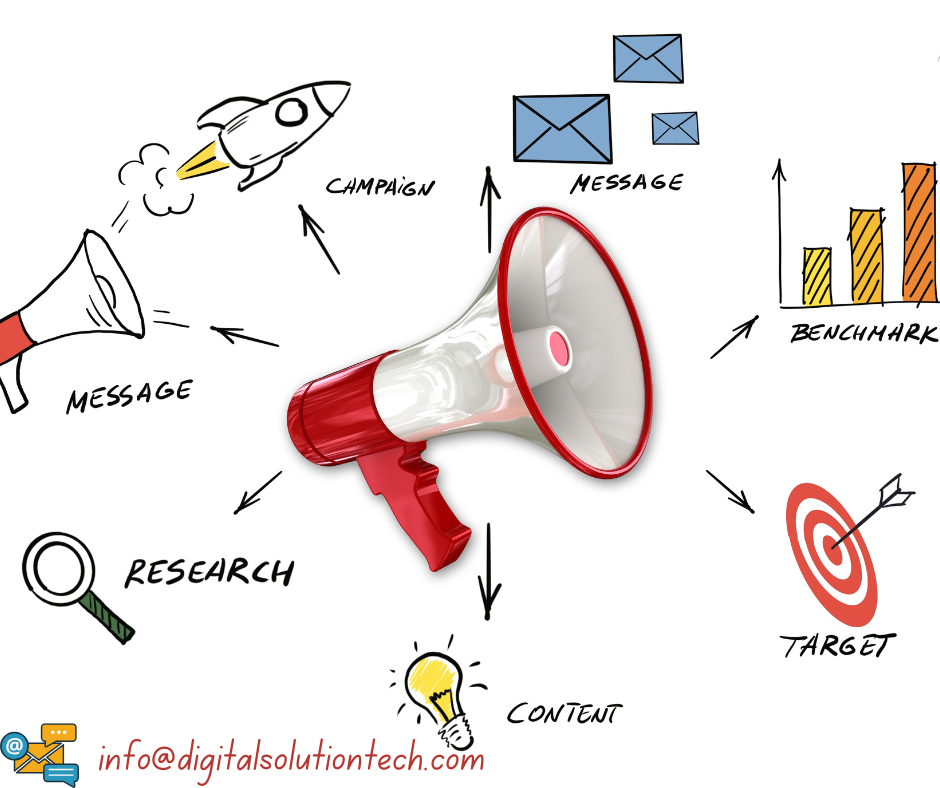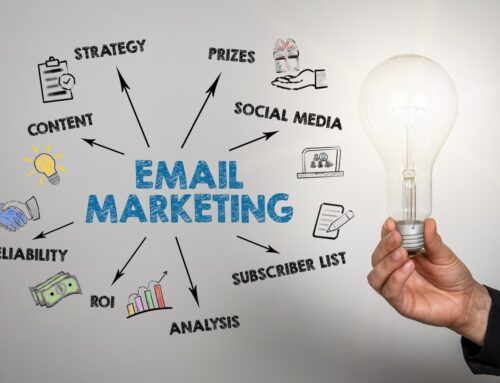A comprehensive digital strategy is the backbone of a successful online presence. In today’s fast-paced digital world, businesses must integrate various digital marketing channels to remain competitive. Without a well-defined plan, companies risk losing visibility, engagement, and conversions. Therefore, a strong strategy ensures seamless customer experiences while maximizing return on investment (ROI). In this post, we will explore key components, best practices, and essential tools for building a winning digital strategy.
🔹Understanding a Comprehensive Digital Strategy
A comprehensive digital strategy encompasses multiple elements. It integrates content marketing, search engine optimization (SEO), social media, email marketing, and paid advertising. When these components work together, businesses can attract, engage, and convert their target audience effectively. Moreover, continuously adapting strategies based on analytics and user behavior ensures steady growth.

1. Defining Business Goals and Target Audience
Before implementing a strategy, defining business objectives is crucial. Whether increasing brand awareness, driving traffic, or boosting sales, goals must be specific and measurable. Additionally, identifying the target audience is equally important. By understanding demographics, preferences, and behaviors, businesses can create personalized messaging and relevant content.
2. Optimizing Content Marketing for Engagement
Content marketing plays a central role in digital success. High-quality, informative, and engaging content attracts audiences and keeps them coming back. Furthermore, a diverse content mix, including blog posts, videos, infographics, and case studies, enhances user experience. Consistently updating content with valuable insights fosters trust and credibility, which ultimately drives long-term engagement.
3. Enhancing Visibility with SEO Techniques
Search engine optimization (SEO) improves organic rankings and drives traffic. For instance, keyword research helps identify relevant search terms, making content more discoverable. Additionally, optimizing meta descriptions, headers, and URLs enhances search visibility. A strong link-building strategy further boosts domain authority and credibility, thereby strengthening the overall strategy.
4. Leveraging Social Media for Brand Awareness
Social media platforms offer powerful tools for audience engagement. By sharing compelling content, brands can connect with potential customers. Moreover, engaging with followers through comments, polls, and live sessions fosters community building. Furthermore, social media advertising increases reach and conversions, leading to higher brand visibility.
5. Driving Conversions with Email Marketing
Email marketing remains an effective way to nurture leads and retain customers. Personalized email campaigns build relationships and encourage repeat business. Additionally, segmenting audiences based on behavior ensures relevant messaging. As a result, automated email sequences streamline communication and boost engagement, making it easier to maintain customer loyalty.
6. Maximizing ROI with Paid Advertising
Paid advertising accelerates visibility and results. Platforms like Google Ads and social media ads help businesses target specific demographics. Moreover, implementing A/B testing ensures ad optimization for better performance. By monitoring ad metrics and adjusting strategies, businesses can improve conversion rates over time while ensuring cost-effectiveness.
7. Measuring Performance and Making Data-Driven Decisions
Analyzing performance metrics is essential for refining strategies. Google Analytics and social media insights provide valuable data on user behavior. Furthermore, tracking key performance indicators (KPIs) such as click-through rates, bounce rates, and conversions helps optimize campaigns. Consequently, making data-driven decisions enhances overall marketing effectiveness and maximizes success.
8. Ensuring a Seamless Omnichannel Experience
A unified digital strategy ensures consistency across all platforms. Providing a seamless experience across websites, social media, and mobile apps improves customer satisfaction. Moreover, integrating customer relationship management (CRM) tools enhances personalization and engagement. As a result, customers receive a cohesive brand experience, leading to stronger loyalty.

🔹Final Thoughts : Comprehensive digital strategy
A comprehensive digital strategy is essential for business success in the digital age. By aligning goals, optimizing content, leveraging multiple channels, and analyzing performance, businesses can drive sustainable growth. Additionally, implementing these best practices ensures long-term success while staying ahead of the competition. Investing in a well-structured digital approach unlocks endless opportunities in the ever-evolving online landscape.



